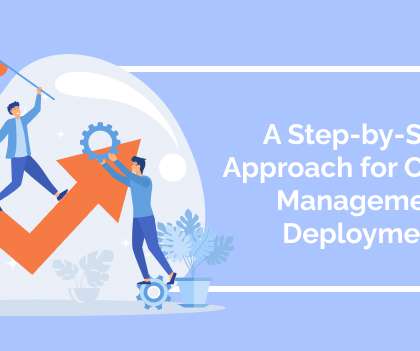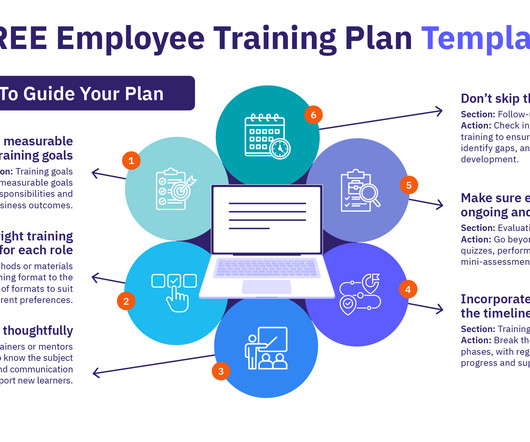The ROI of Employee Engagement
Vantage Circle
NOVEMBER 15, 2024
To dispel the misconception around engagement being limited to intangible gains, companies must calculate the ROI of employee engagement. Calculating ROI (Return On Investment) involves measuring how investments in engagement translate into real financial gains, enabling leaders to justify their spending with concrete data.





















Let's personalize your content